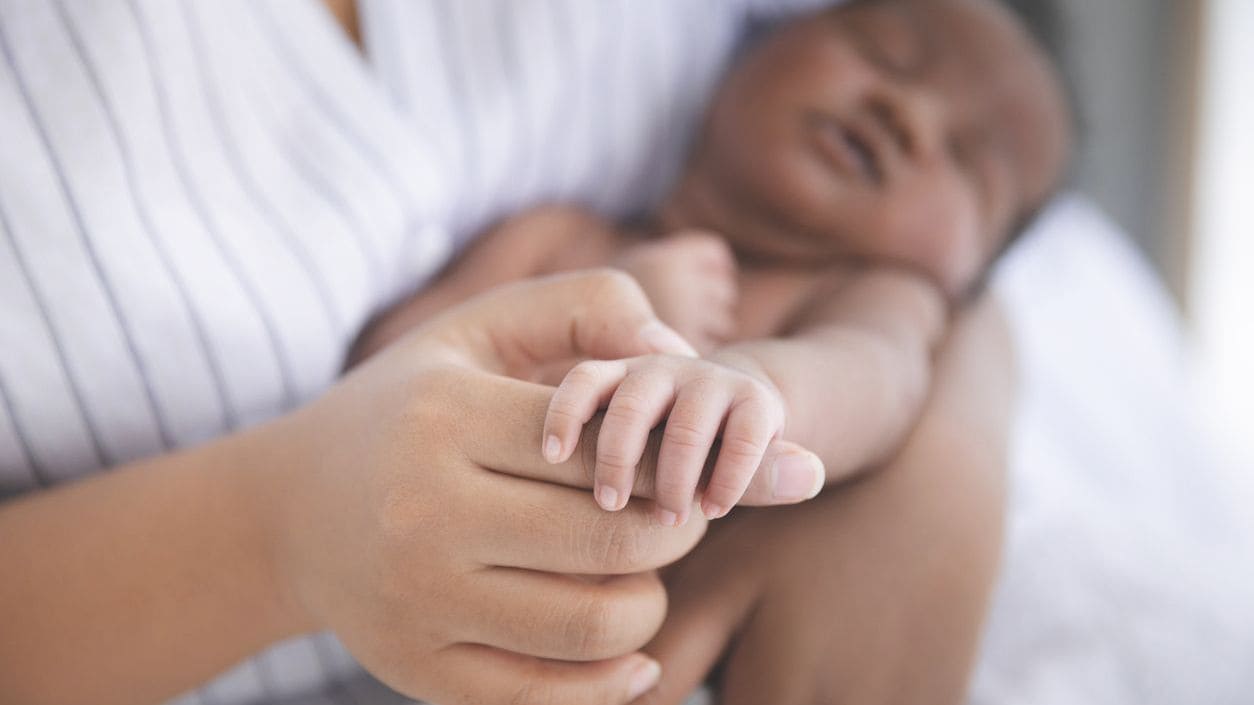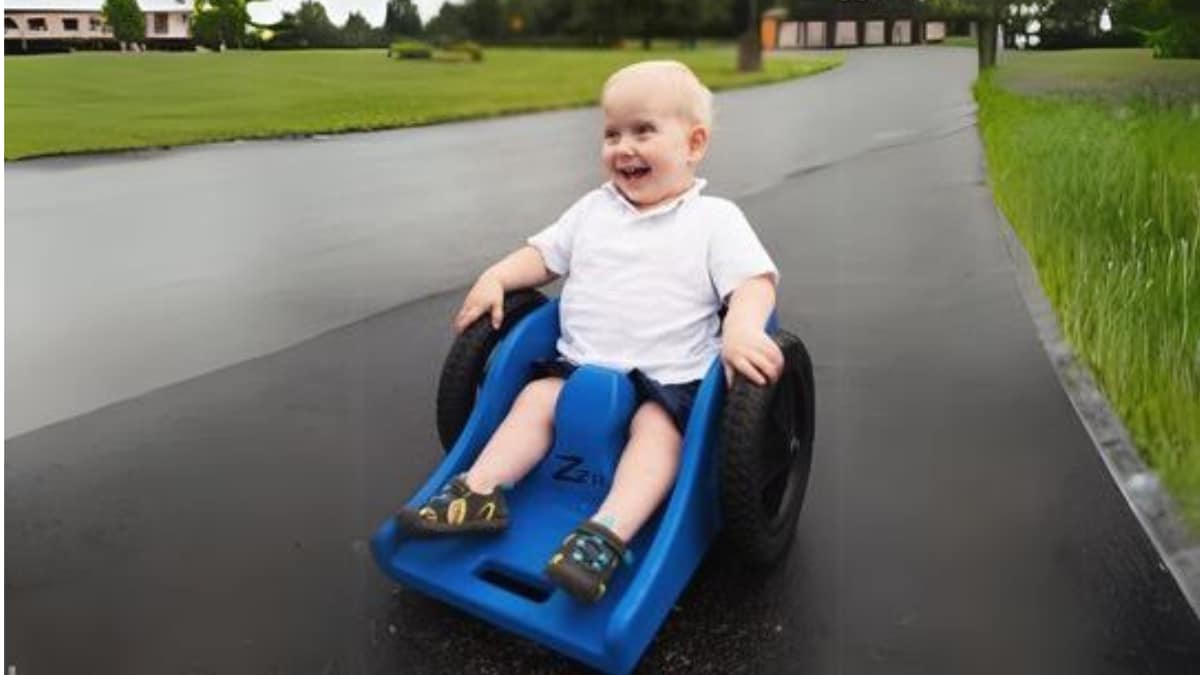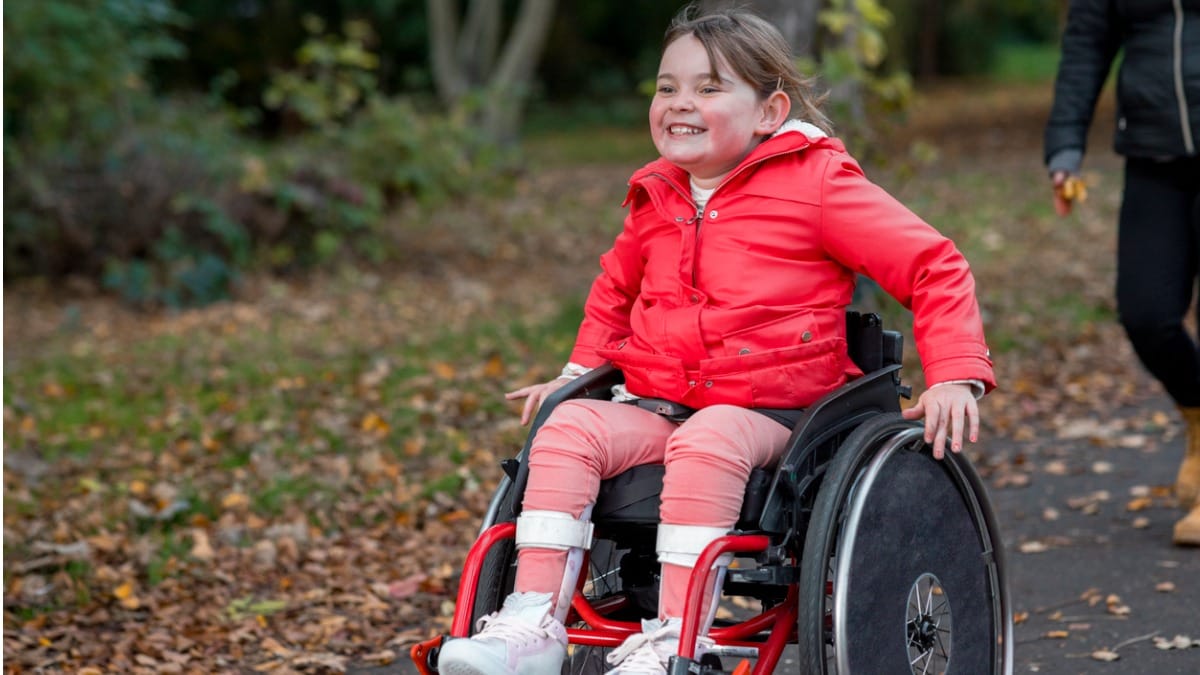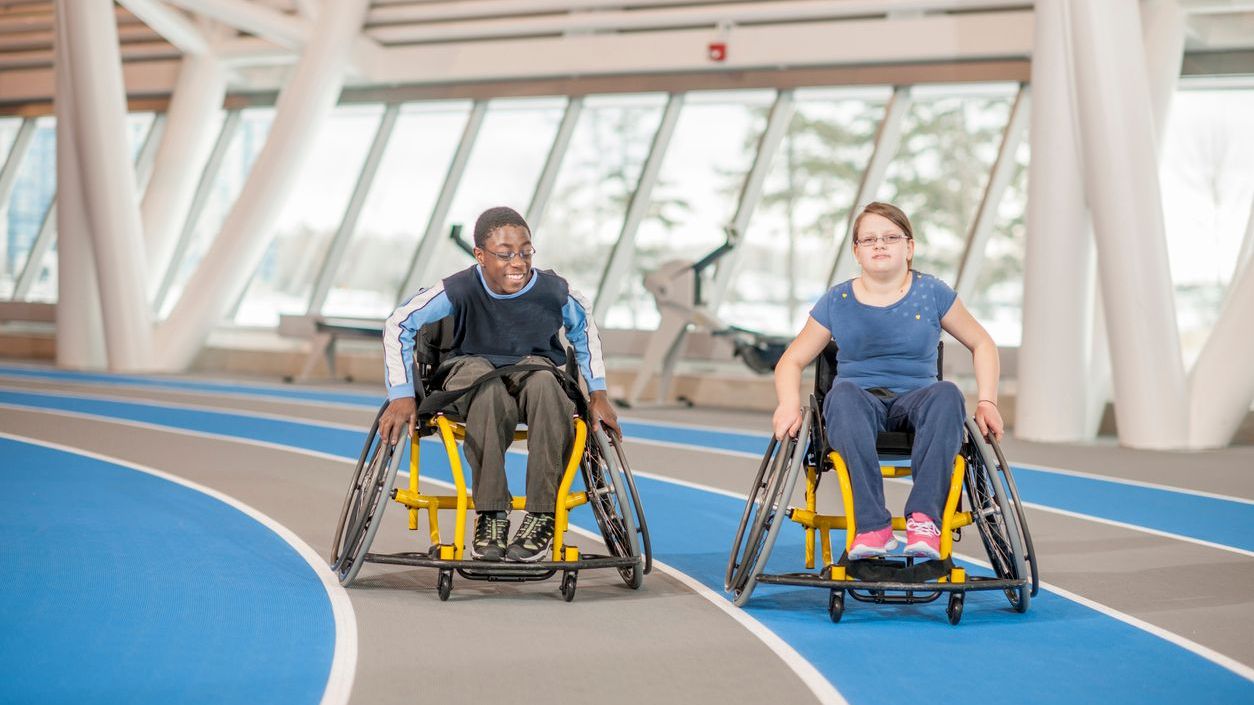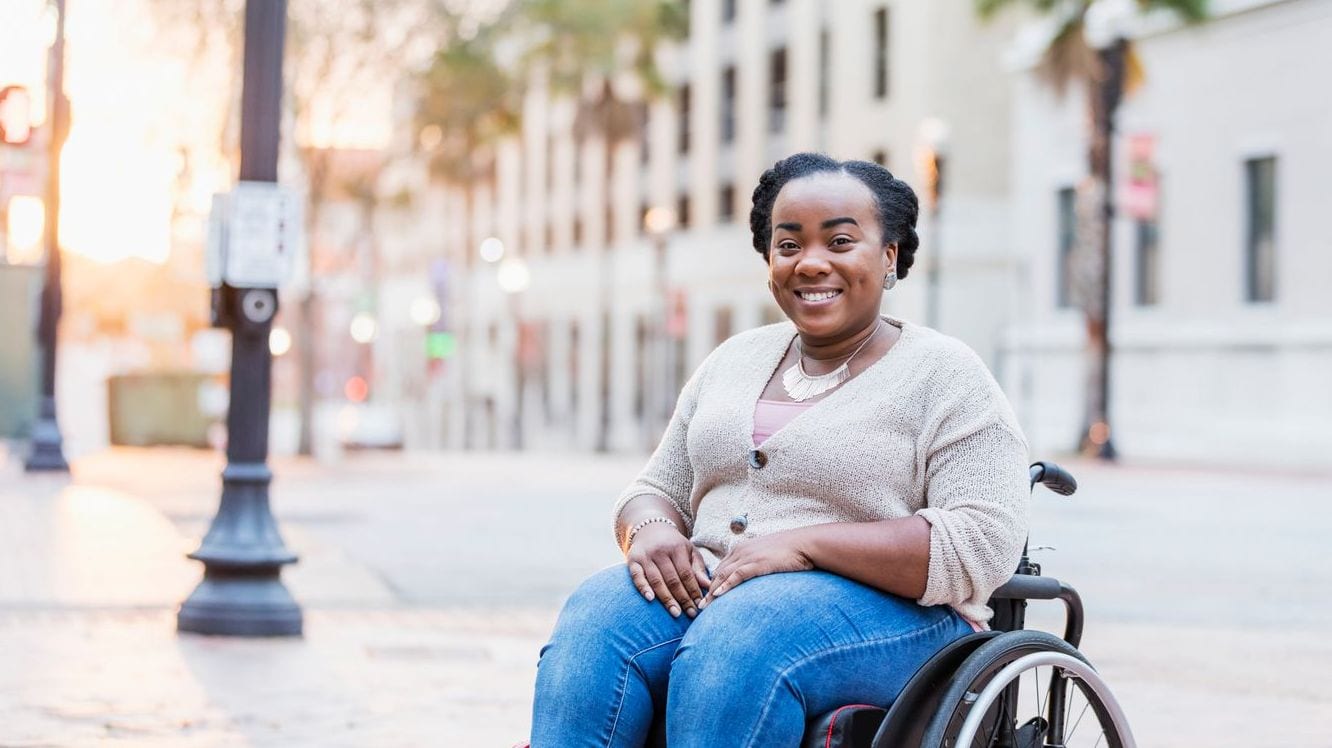At a glance
- Health issues for people with spina bifida will be different for each person and will evolve through life.
- Finding resources, knowing what to expect, and planning for the future can help.
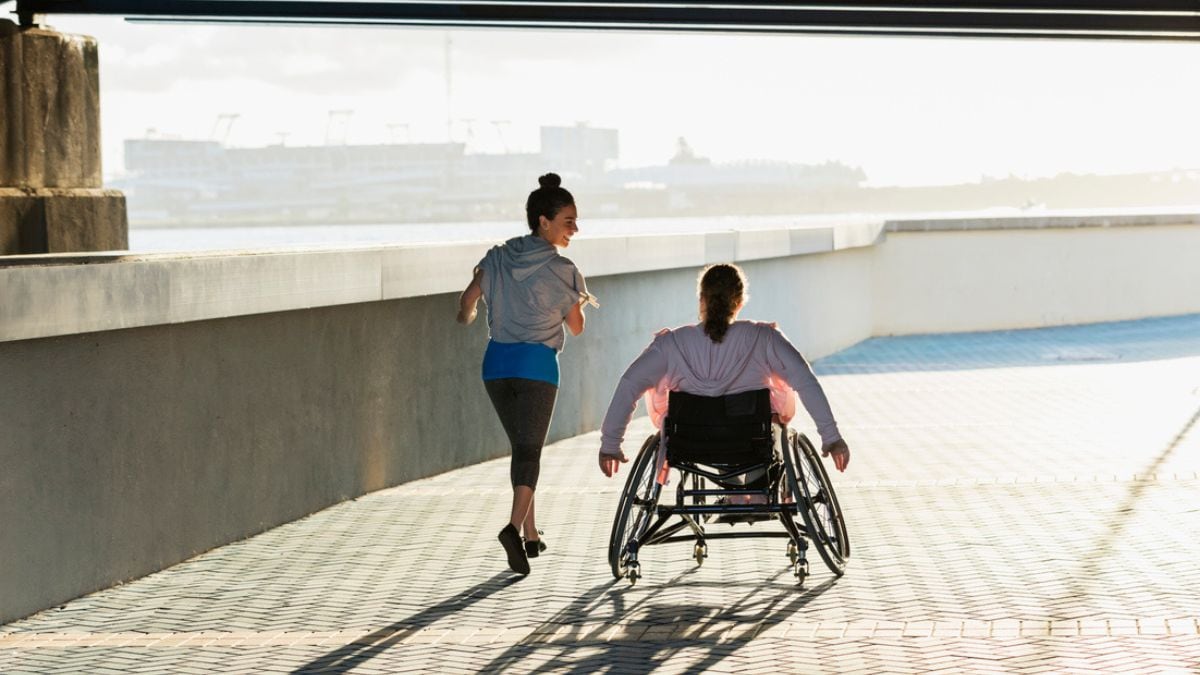
Everyday life
Mobility
People affected by spina bifida get around in different ways. They might walk without any aids or assistance; walk with braces, crutches or walkers; or use a wheelchair.

The location of the spinal defect typically influences how a person with spina bifida gets around. People with a level of spina bifida higher on their spine (near the head) might have paralyzed legs and use wheelchairs. Those with a level of spina bifida lower on their spine (near their hips) might have more use of their legs. They might use crutches, braces, or walkers, or they might be able to walk without these devices. Participation in activities that allow spina bifida patients to remain healthy, like adaptive sports, is important to preventing obesity-related conditions as patients with spina bifida age.
Using the bathroom
Spina bifida impacts bladder function, and people with spina bifida often cannot empty their bladders on their own or they will leak urine. It is important to develop a plan for going to the bathroom that is as simple as possible. This can lead to increased health, participation, and independence for people with spina bifida.
Healthcare providers can help develop a plan for each person. This may require special bladder treatments or surgery to help empty the bladder. The bladder often “holds” urine or requires use of devices to empty, which can make people with spina bifida at higher risk of developing urinary infections or kidney damage.
Skin
Children and adults living with spina bifida may have limited feeling in some areas of their body, which can leave them unable to feel cuts, bruises, sores, and dry skin. Since a person with spina bifida may not know they have an injury, they may be unable to tell a parent or caregiver that they need help.
Checking skin regularly for redness, including under braces, is important for people with spina bifida and their parents and caregivers to identify skin problems before they become pressure sores.
Latex Allergy
Many people spina bifida can develop sensitivity to products that contain latex, or natural rubber. Signs of latex reaction can range from skin rashes/redness to breathing difficulties. Common products that can contain latex include baby nipples and pacifiers, urinary catheters, disposable gloves, and condoms.
Talking to your doctor
Coordinating Healthcare
Every person needs a primary care provider, such as a pediatrician or general family doctor. In addition to seeing a primary health care provider, a person with spina bifida will be checked and treated as needed by doctors who specialize in different parts of the body. These doctors might suggest treatments or surgeries to help the person.
These specialists might include:
- An orthopedist, who will work with muscles and bones.
- A urologist, who will check the kidneys and bladder.
- A neurosurgeon, who will check the brain and spine.
Learning
Many children with spina bifida do well in school, but some can experience difficulties, especially children with shunts that are used to treat hydrocephalus. Healthcare professionals can provide information about activities that children can do at home and at school to help with these problems.
Resources by age
- Sandler, Adrian, M.D.(2004). Living with Spina Bifida: A Guide for Families and Professionals. University of North Carolina Press: Chapel Hill.
- Spina Bifida Association. Guidelines for the Care of People with Spina Bifida. 2018. http://www.spinabifidaassociation.org/guidelines/
- Primary Children's Medical Center (2008). Let's Talk about Spina Bifida.

